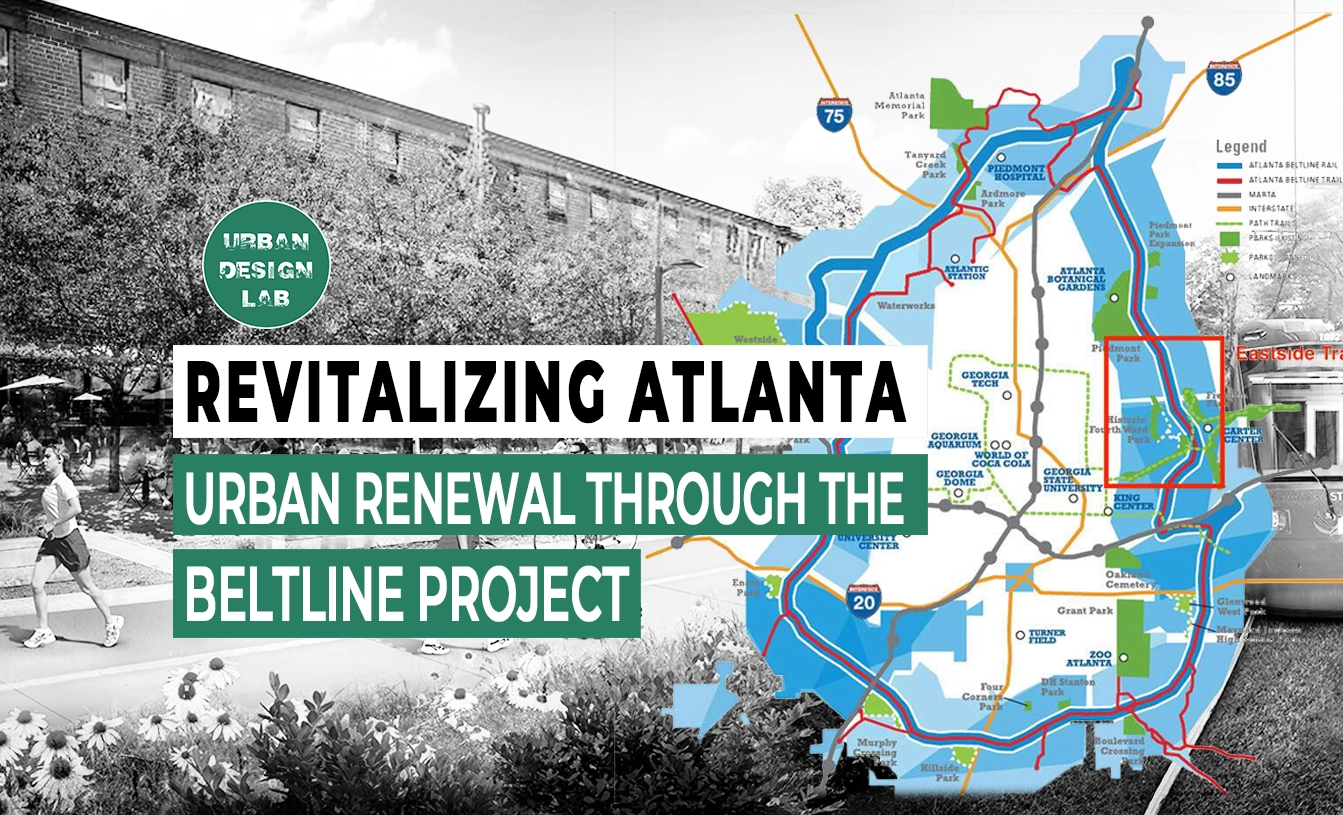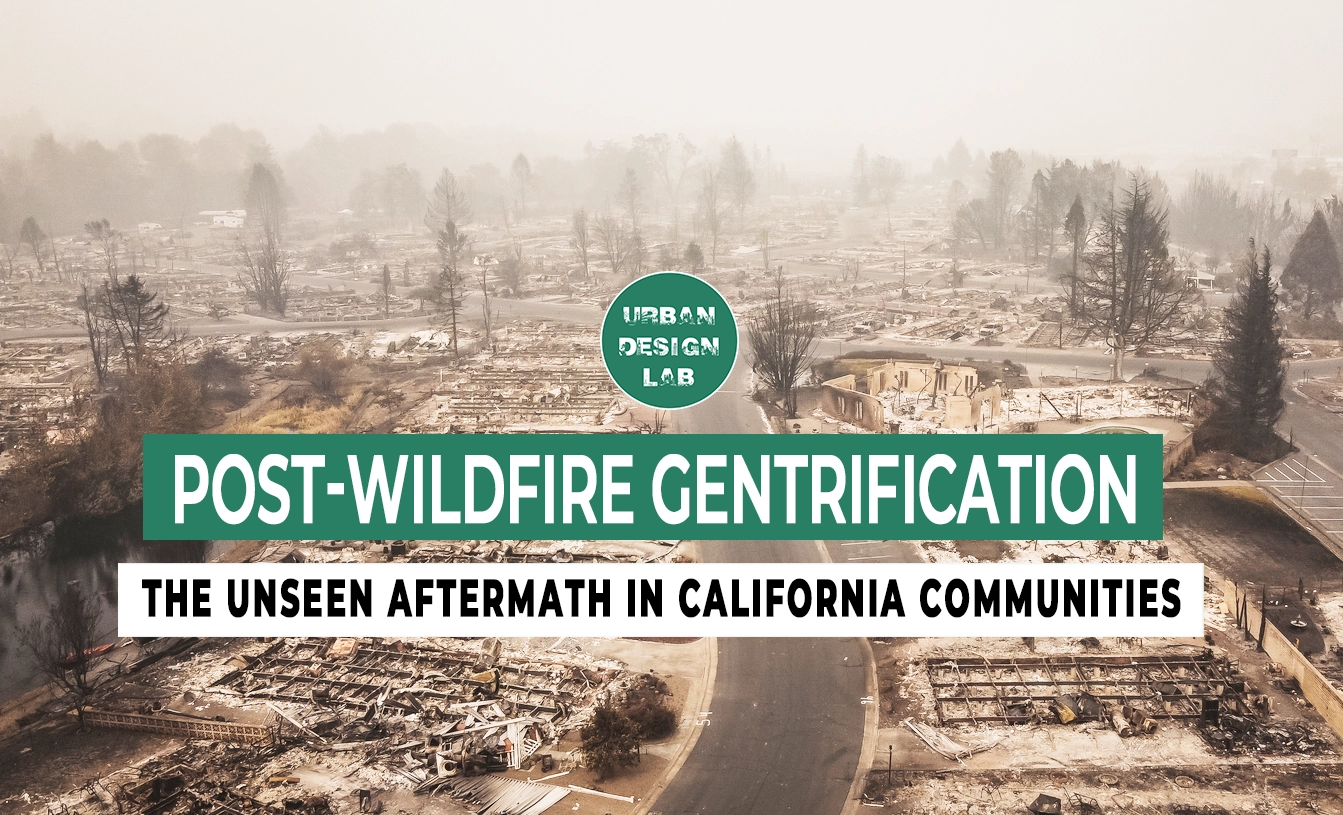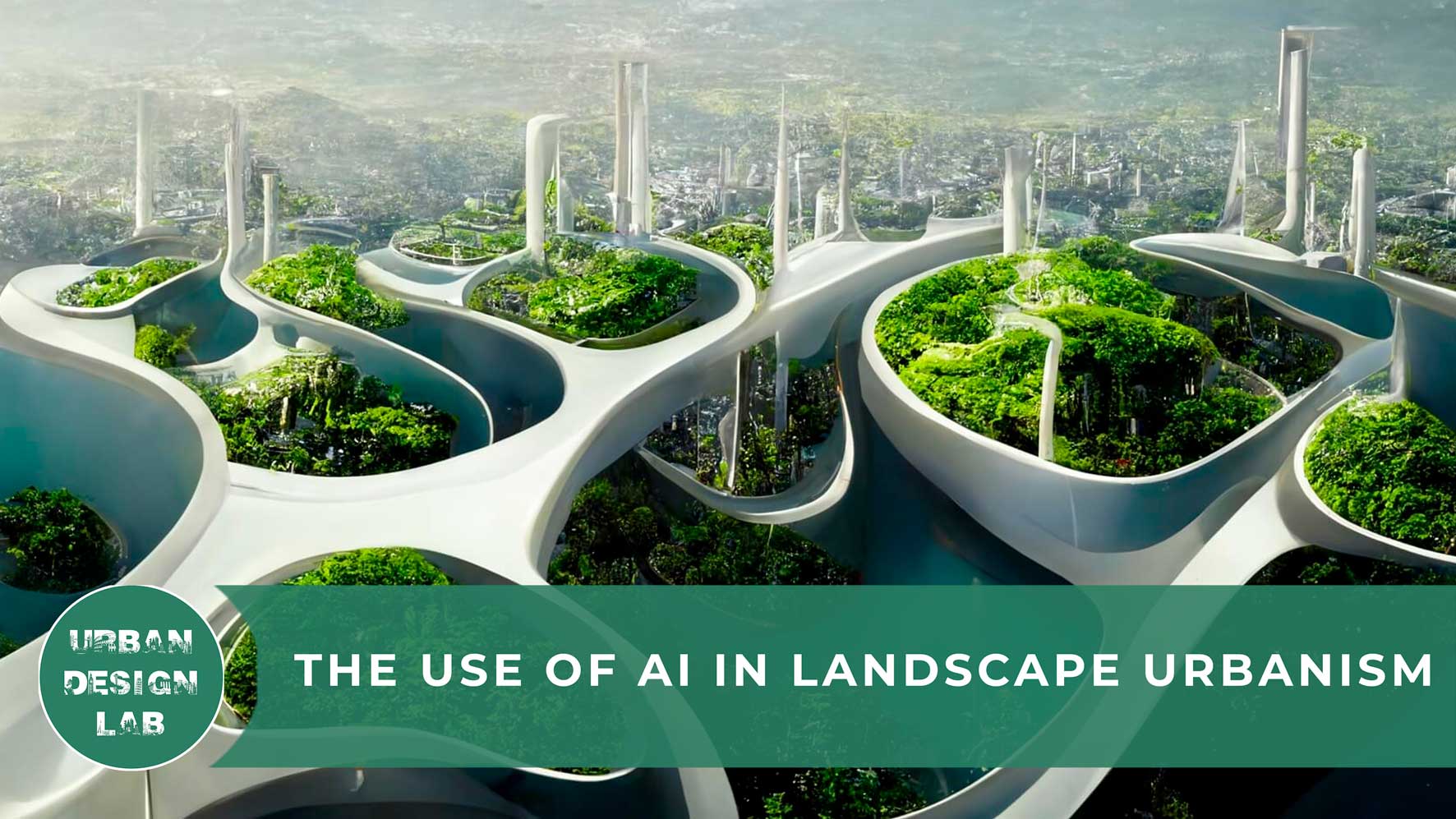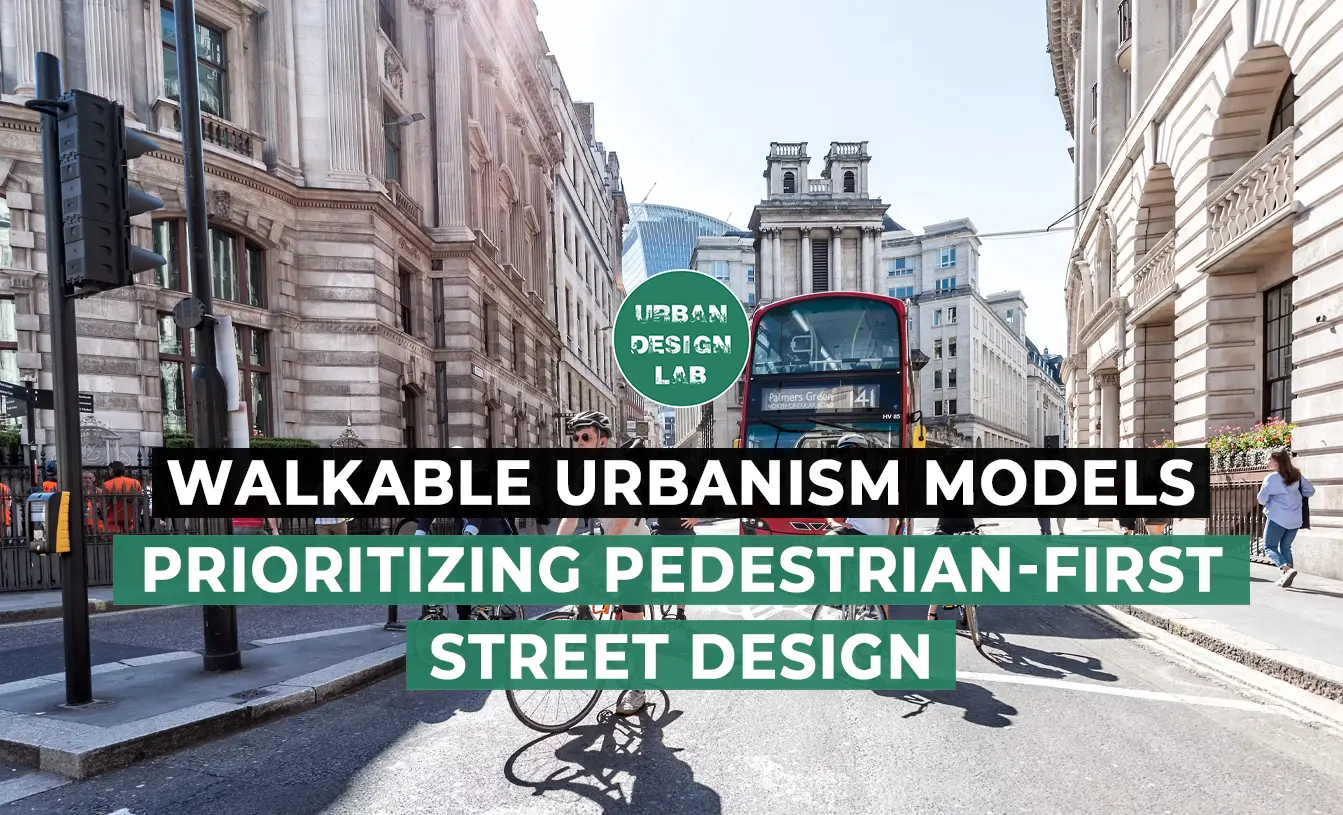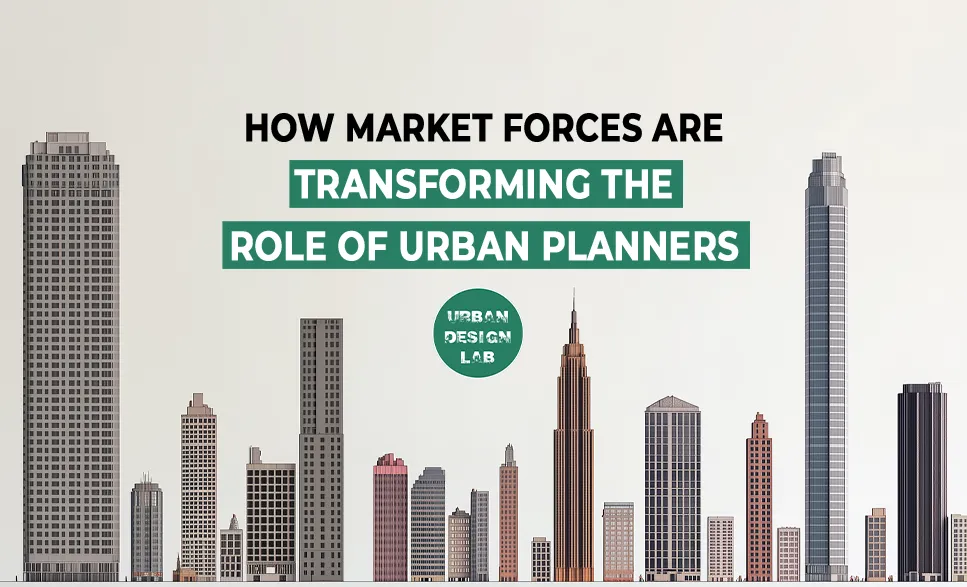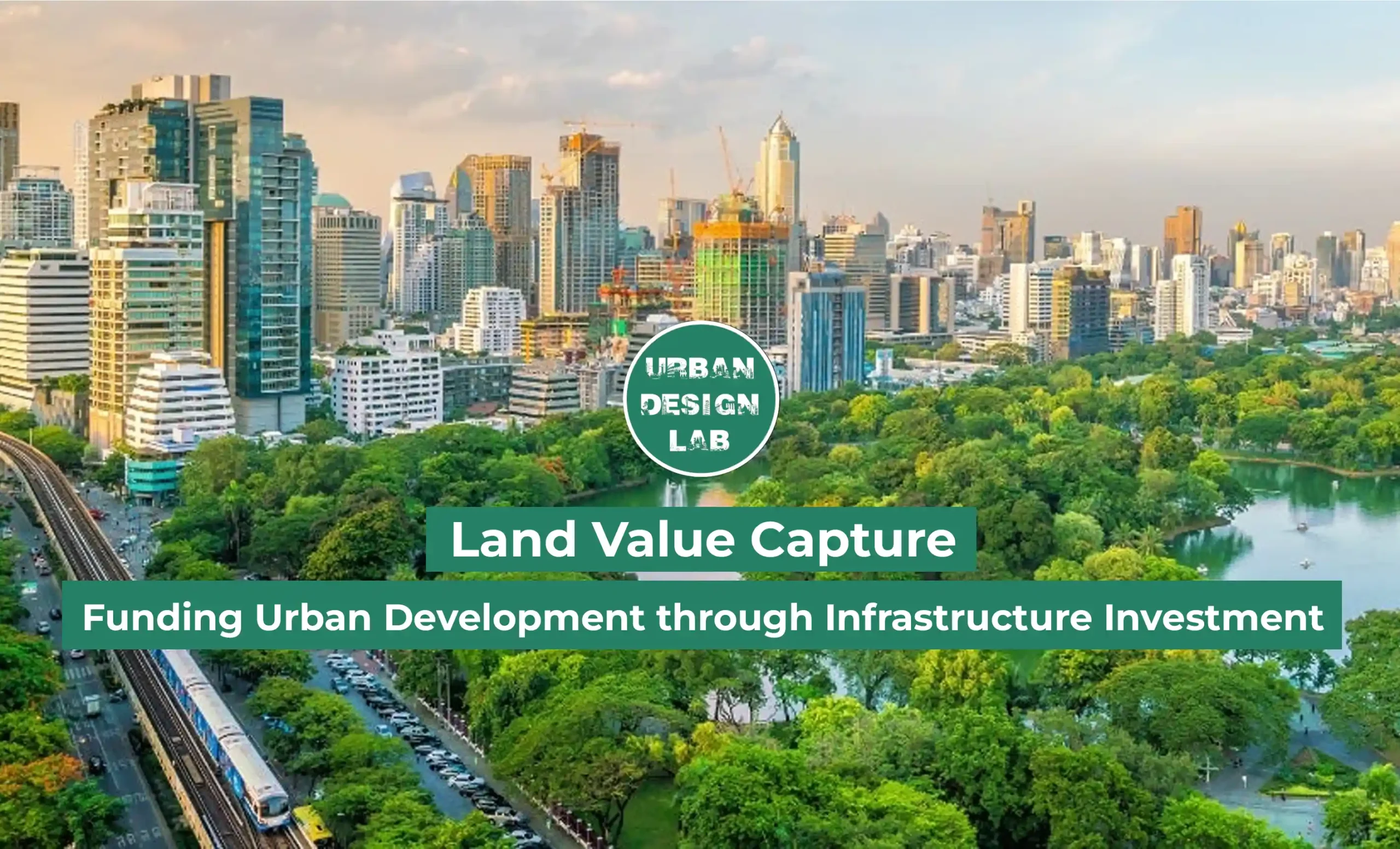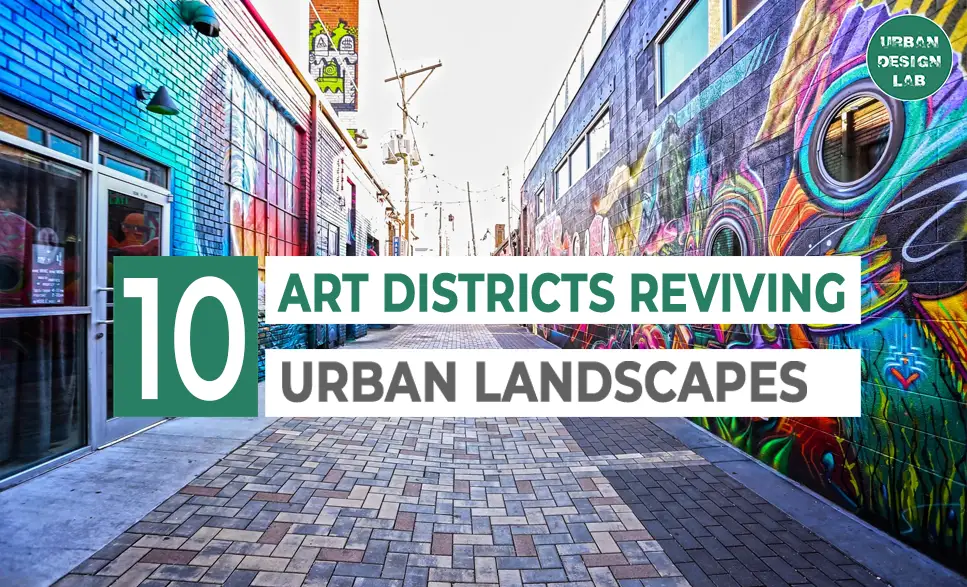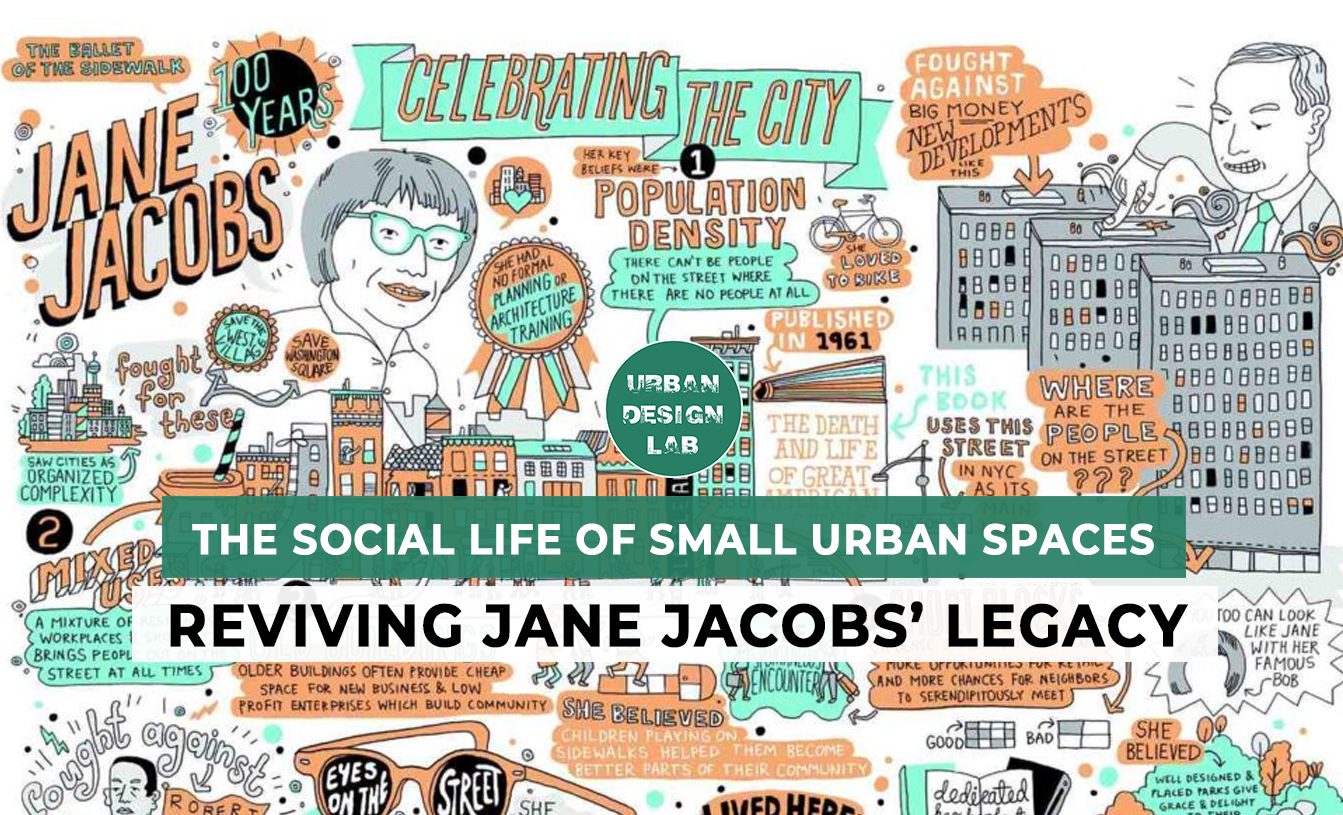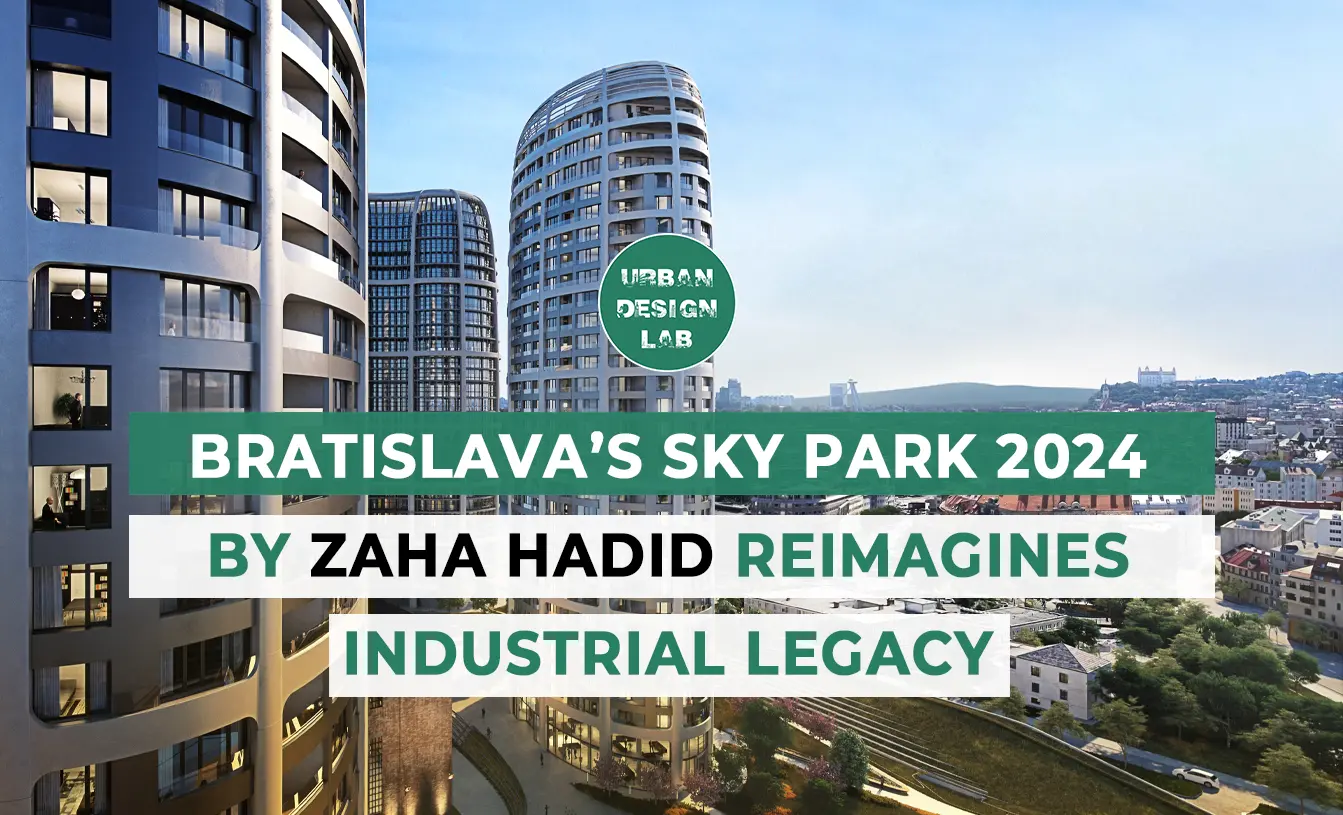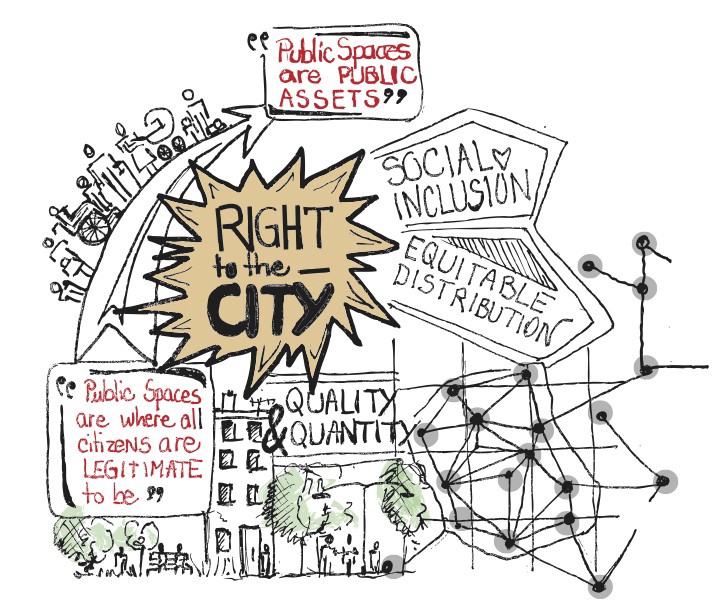
Transforming Bangalore Water Management with Urban Design

This article discusses how Bangalore’s water management is changing through urban design, focusing on restoring its historic lakes. These lakes have been neglected due to rapid urbanization, causing pollution and loss of function. Current efforts aim to restore the lakes and incorporate them into urban areas as ecological and recreational spaces. For example, the Jakkur Lake restoration project combines environmental improvements with public amenities such as parks and walking paths.
While these initiatives offer benefits like more green spaces, improved urban resilience, and increased community involvement, there are challenges. The focus on beautification might prioritize looks over practical water management, and there’s a risk that the improvements mostly benefit wealthier neighborhoods, leaving disadvantaged areas with ongoing water problems. The article criticizes the top-down nature of many projects and suggests more inclusive and participatory planning processes. It emphasizes the need for a balanced approach that considers both environmental and social needs, ensuring fair access to the benefits of urban water landscape changes.
Introduction
Bangalore, known for its historical network of lakes and water bodies, faces significant water management challenges due to rapid urbanization. Traditional water systems have deteriorated, necessitating a paradigm shift in how the city approaches water management and urban design. This article explores how Bangalore’s revitalization projects aim to restore these water bodies while addressing broader urban design goals, including sustainability, aesthetic enhancement, and community engagement.

Character of Bangalore’s Water Landscapes
In the past, Bangalore’s lakes played a crucial role in the city’s water management system, acting as natural storage for rainwater and supporting local ecosystems. Unfortunately, these lakes have suffered from neglect, leading to pollution, encroachment, and a loss of their original function. As a result, these once-important water landscapes have become more of an environmental burden than an asset. In recent years, efforts have been made to reverse this trend by restoring and incorporating the lakes into urban areas. Notable projects like the rehabilitation of Ulsoor Lake and Jakkur Lake symbolize this shift in approach. These endeavors focus on revitalizing the ecological significance of the lakes while also reshaping them into recreational and visually appealing elements of the city.
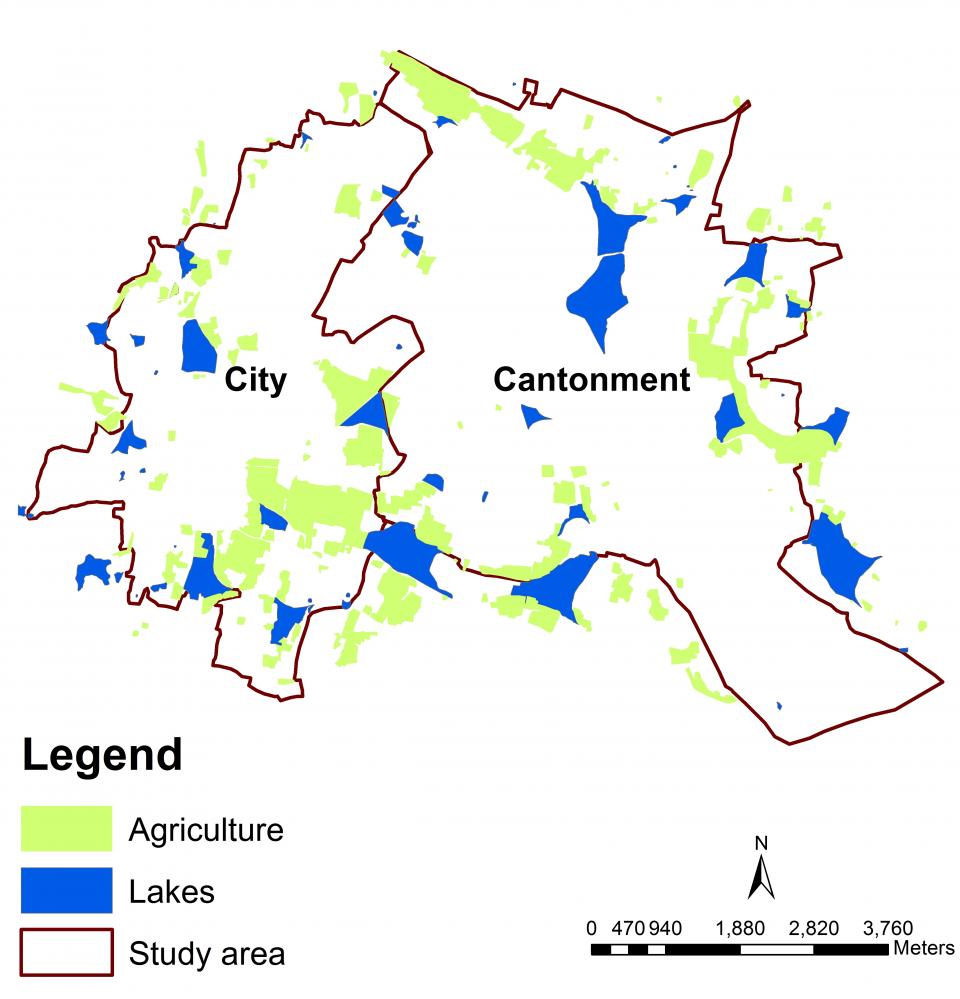
Source: Website Link
Design and Urban Integration
The approach to designing water landscapes in Bangalore combines ecological restoration with urban beautification. Rehabilitation projects typically involve creating wetlands, planting native vegetation, and improving water quality through natural filtration systems. The redesign of these areas also includes developing surrounding parks, walking paths, and recreational facilities. A noteworthy example is the makeover of Jakkur Lake into a versatile urban space. This project has implemented bio-filtration systems to handle stormwater, increased biodiversity by creating wetlands, and established surrounding green spaces for public use. These designs seek to integrate water management into daily urban life, offering environmental and social benefits. However, the article criticizes the focus on aesthetic and recreational aspects, which can sometimes overshadow practical water management needs. While these transformations create appealing public spaces, they must also address underlying issues such as water scarcity, pollution, and equitable access. Emphasizing high-profile projects risks neglecting smaller, less visible but equally important interventions required in less affluent areas of the city.
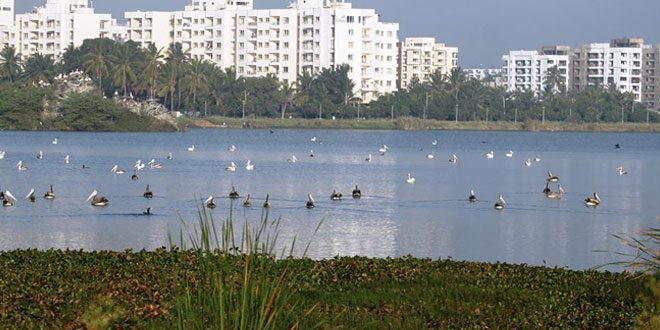
Contribution to the Community and City
The improvement of Bangalore’s water landscapes has many benefits for the city and its people. Adding more green spaces not only makes the city environment better but also gives people places to relax and helps bring the community together. Restoring lakes can also help protect against flooding, recharge the groundwater, and make the city more resilient to climate change. These projects help people see lakes in a new way, turning them from places that are ignored into something the community values. Public spaces near lakes offer opportunities for people to get together, enjoy cultural events, and learn about the environment. This can help bring people closer and make them more aware of how to take care of water in sustainable ways. However, the article also points out that these benefits don’t reach everyone equally. When the city makes improvements, they often focus on neighborhoods where wealthier people live, leaving poorer areas with the same old water problems and not enough access to better water facilities. This shows that the city needs a fairer approach to managing water and designing urban spaces.
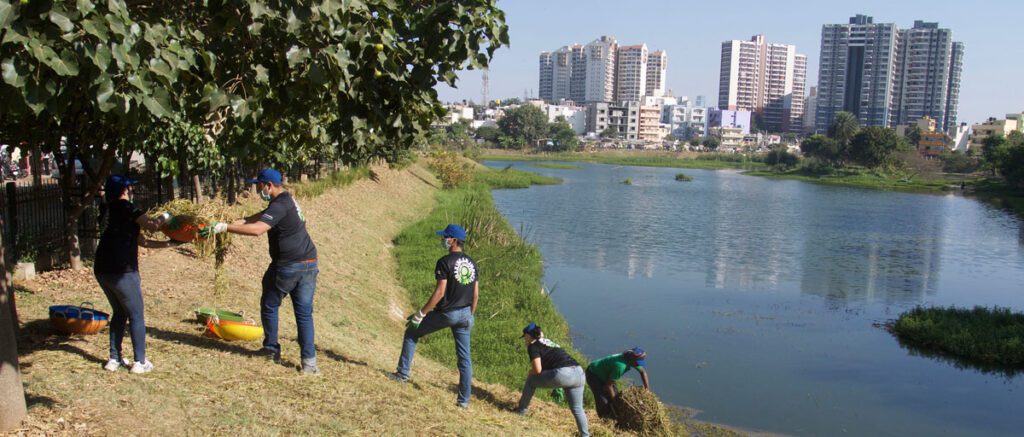
Challenges and Recommendations
The article highlights ongoing challenges in transforming Bangalore’s water landscapes, despite significant progress. These challenges include:
1. Inclusivity: Ensuring that water management projects meet the needs of all communities, especially marginalized groups facing greater water-related issues.
2. Community Involvement: Incorporating local knowledge and participation in planning and implementation to improve the effectiveness and fairness of water projects.
3. Sustainability: Striking a balance between aesthetic enhancements and practical water management goals, while safeguarding ecological restoration and community benefits.
To tackle these challenges, the article suggests embracing a more integrated and participatory approach to urban water design. This involves involving local communities in decision-making, prioritizing long-term sustainability, and ensuring fair distribution of benefits across all neighborhoods.

-1
-1
-1
-1
-1
Conclusion
The transformation of Bangalore’s water management through urban design represents a significant shift towards integrating ecological and recreational values into the cityscape. While the restoration of lakes and water bodies has revitalized public spaces and enhanced environmental resilience, it also highlights ongoing challenges related to inclusivity and equitable access. A successful urban water management strategy should harmonize aesthetic, functional, and social goals, ensuring that all residents benefit from these critical urban assets.
References
- Bahadur, Aditya. “Urban Flood Resilience in Bangalore.” The Water Journal, vol. 23, no. 4, 2022, pp. 45-62.
- Joshi, Radhika. “Lakes and Urban Ecologies: The Role of Water in Bangalore’s Development.” Urban Design Quarterly, vol. 16, no. 2, 2021, pp. 112-130.
- Murty, Sharada. “Water as a Commons: A Study of Lake Restorations in Bangalore.” Environment and Urbanization Asia, vol. 9, no. 1, 2020, pp. 33-50.
- Nair, Harish. “Reviving Bangalore’s Water: The Interplay of Policy, People, and Design.” Journal of Urban Planning and Development, vol. 142, no. 6, 2021, pp. 67-80
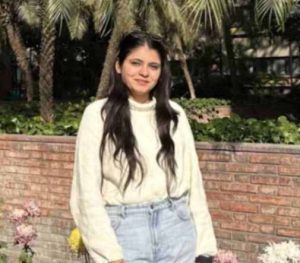
Vanshika Bajaj
About the Author
An Architect and an Urban Regeneration specialist by profession, Vanshika Bajaj is a highly motivated, enthusiastic and dedicated professional with background in Architecture, Urban Design, Planning and Research.
She is skilled in conducting spatial Analysis to identify issues and potential related to socio-ecological aspects of urban Areas. She has also gained experience in research, documentation and critical thinking along with onsite surveys, fieldwork, interviews & community participation.
Related articles


Architecture Professional Degree Delisting: Explained

Periodic Table for Urban Design and Planning Elements


History of Urban Planning in India
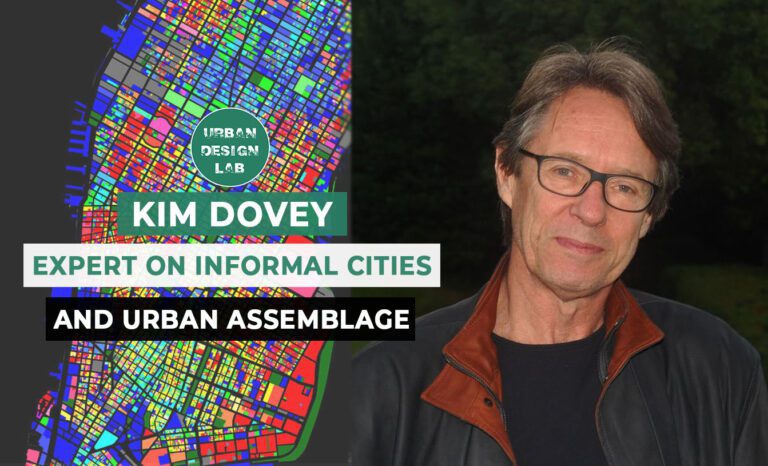
Kim Dovey: Leading Theories on Informal Cities and Urban Assemblage
UDL GIS
Masterclass
Gis Made Easy- Learn to Map, Analyse and Transform Urban Futures
Session Dates
15th-19th December 2025

Urban Design Lab
Be the part of our Network
Stay updated on workshops, design tools, and calls for collaboration
Curating the best graduate thesis project globally!

Free E-Book
From thesis to Portfolio
A Guide to Convert Academic Work into a Professional Portfolio”
Recent Posts
- Article Posted:
- Article Posted:
- Article Posted:
- Article Posted:
- Article Posted:
- Article Posted:
- Article Posted:
- Article Posted:
Sign up for our Newsletter
“Let’s explore the new avenues of Urban environment together “



























